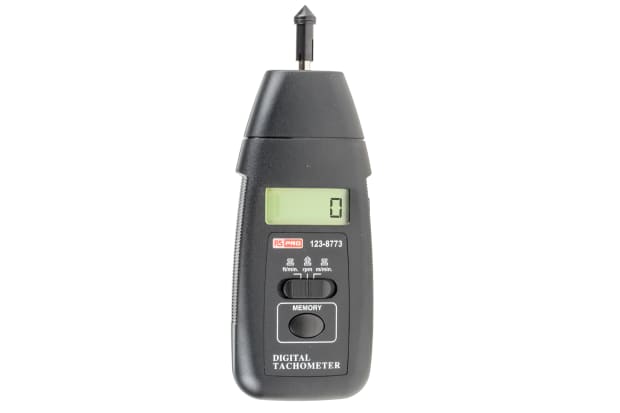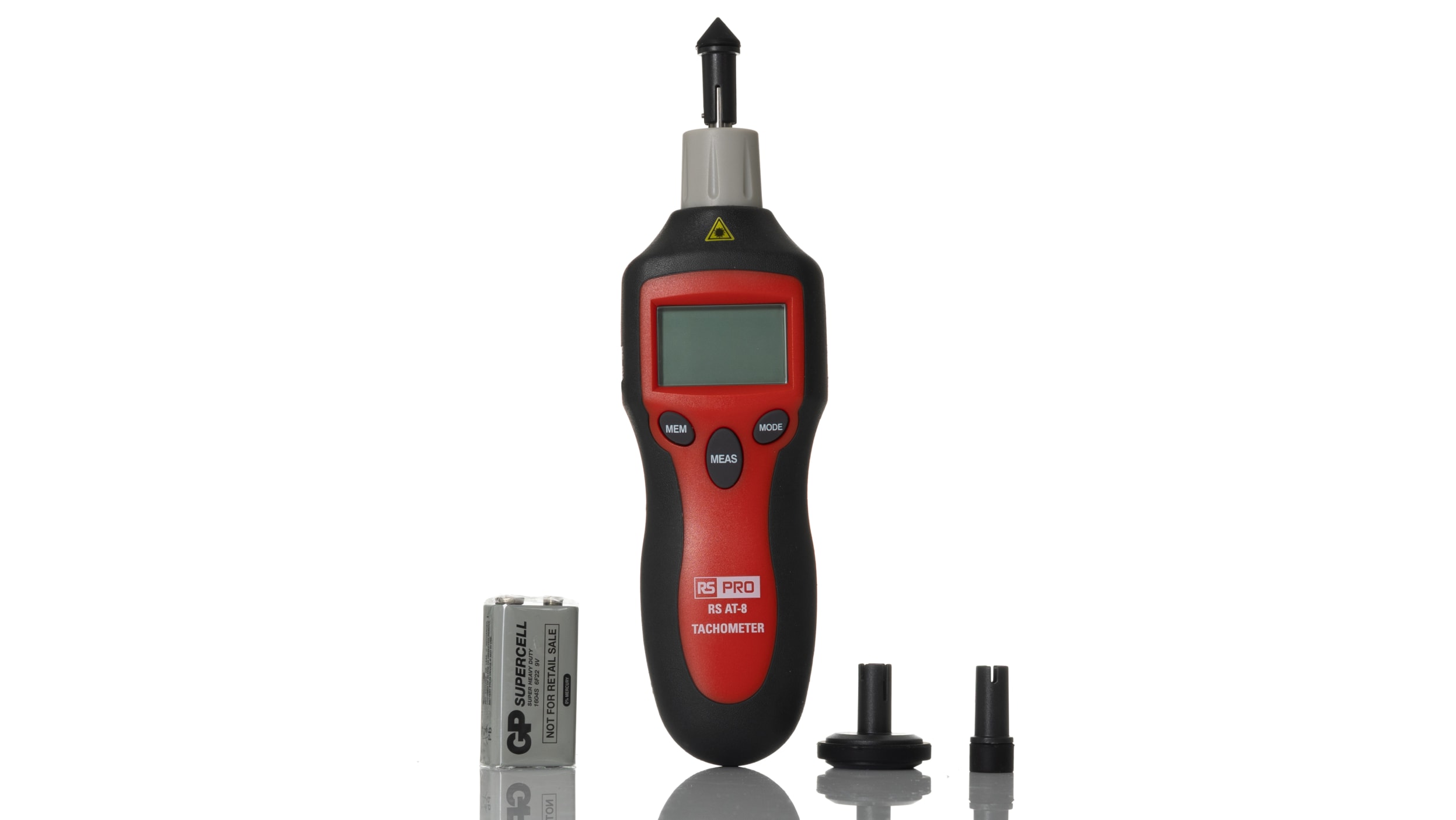Tachometer Buying Overview: Attributes to Look for and Finest Brand names
Tachometer Buying Overview: Attributes to Look for and Finest Brand names
Blog Article
The Relevance of a Tachometer in Keeping An Eye On Engine Rate and Efficiency in Automotive Applications
In the realm of auto engineering, the tachometer stands as a critical instrument in the motorist's arsenal, providing a straight window into the internal operations of a car's engine. Past its function as a plain gauge of changes per minute (RPM), the tachometer offers as an important device for enthusiasts and experts alike, providing real-time understandings right into engine performance and health and wellness. Recognizing the importance of this tool exceeds surface-level monitorings, delving into the complex partnership between engine speed, power outcome, and overall driving experience. As we check out the complex duty of the tachometer in automobile applications, a much deeper admiration for its influence on car characteristics and efficiency begins to emerge.
Significance of Keeping An Eye On Engine RPM
Keeping track of engine RPM, or revolutions per min, is an essential element of automobile maintenance and efficiency assessment. Engine RPM straight associates with the speed at which the engine's crankshaft rotates, suggesting how rapidly the engine is running.
Moreover, monitoring engine RPM is necessary for performance assessment in racing and high-performance vehicles. Maintaining optimum RPM degrees is vital for accomplishing peak power result and velocity. Racers typically make use of tachometers to guarantee they are running within the perfect RPM variety for maximum efficiency. In recap, checking engine RPM is not just crucial for finding issues but also for optimizing engine efficiency in numerous auto applications.

Benefits of Real-Time Data
In vehicle applications, real-time information plays a vital duty in offering instant understandings right into the performance and condition of the car. By continuously keeping an eye on different parameters such as engine rate, temperature level, gas usage, and more, real-time information provides various advantages that add to boosted efficiency and security when traveling.
One substantial advantage of real-time data is its capability to sharp drivers and specialists to any type of anomalies or problems promptly. This positive strategy allows fast identification of prospective problems, enabling prompt treatments to avoid further damages or breakdowns. Furthermore, real-time information promotes efficiency optimization by providing prompt responses on driving practices and engine effectiveness. Drivers can readjust their actions in real-time based on this info to attain better fuel economy and prolong the life expectancy of their car.

In addition, real-time data plays a vital role in modern automobile diagnostics, enabling service technicians to promptly identify and deal with breakdowns. This causes lowered downtime, lower upkeep expenses, and eventually, enhanced general car reliability and longevity (tachometer). By utilizing the power of real-time information, vehicle stakeholders can make informed decisions that favorably influence both the efficiency and long life of the car
Influence On Gear Shifts
The tachometer plays a vital duty in enhancing equipment shifts by giving real-time engine speed information to the vehicle driver. When approaching the redline on the tachometer, it signals the motorist to upshift to avoid over-revving the engine and causing prospective damage.
In addition, the tachometer help in attaining smoother equipment shifts, specifically in manual transmissions. By checking engine speed, chauffeurs can perform gear shifts at the ideal RPM array, decreasing snagging motions and reducing endure the transmission parts. This precision on duty changes not just enhances driving comfort yet likewise adds to fuel efficiency.
Enhancing Fuel Efficiency
Provided the important duty the tachometer plays in maximizing gear shifts for efficiency and engine wellness, it directly contributes to making the most of gas performance in auto anchor applications. By providing real-time feedback on engine speed, the tachometer helps chauffeurs in preserving the most efficient RPM array for gas economy. When chauffeurs continually monitor the tachometer and readjust their driving habits appropriately, they can Check Out Your URL prevent unnecessary gas intake brought on by over-revving or hauling the engine.
Moreover, the tachometer helps vehicle drivers recognize the most fuel-efficient equipment to be in at any given moment, stopping the engine from working more challenging than required. This is especially vital throughout velocity and cruising, where being in the right gear can significantly impact fuel efficiency. In addition, the tachometer can signal motorists to prospective mechanical problems that can be negatively influencing fuel economy, such as a sliding clutch or a clogged air filter. Finally, the tachometer acts as a valuable device in boosting fuel performance by promoting optimal driving habits and determining areas for enhancement in the automobile's performance.

Taking Full Advantage Of Engine Longevity
The tachometer's function in keeping track of engine speed and performance contributes in making certain the long life of automotive engines. By making use of the tachometer properly, vehicle drivers can optimize engine durability via conscious RPM monitoring. Consistently revving an engine too high can lead to excessive wear and tear on essential parts, such as the pistons, shutoffs, and bearings. Gradually, this can lead to decreased engine efficiency and possible breakdowns. Keeping track of the tachometer enables chauffeurs to remain within the advised RPM range for their car, avoiding unneeded strain on the engine and expanding its life-span.

Verdict
Finally, the tachometer plays an essential function in more tips here monitoring engine speed and performance in auto applications. By offering real-time information on RPM, it permits efficient gear changes, boosted gas efficiency, and made the most of engine long life. This device is necessary for maintaining ideal engine efficiency and guaranteeing the overall capability of a car.
Report this page